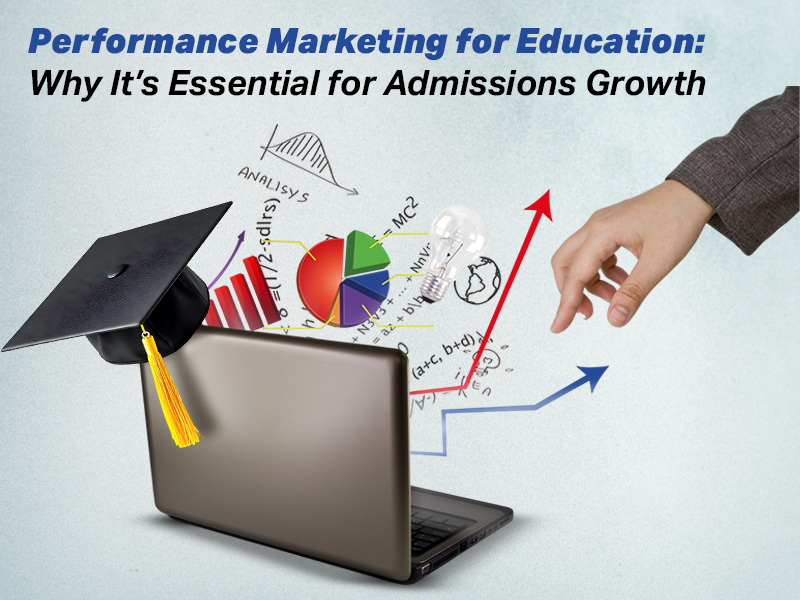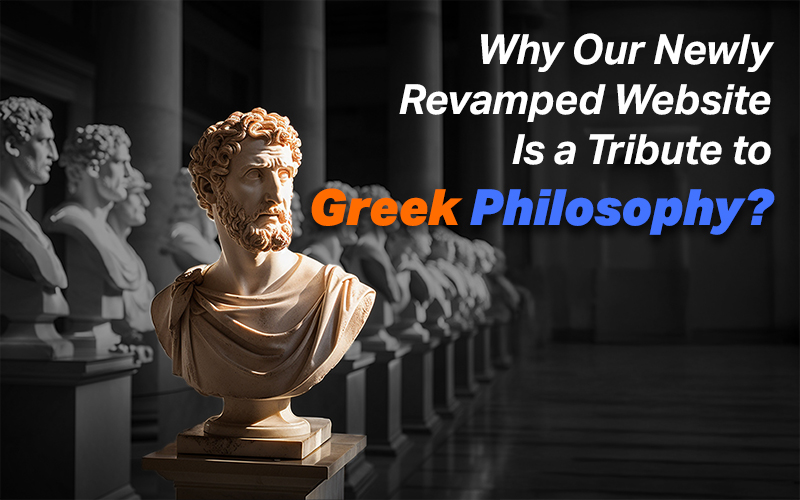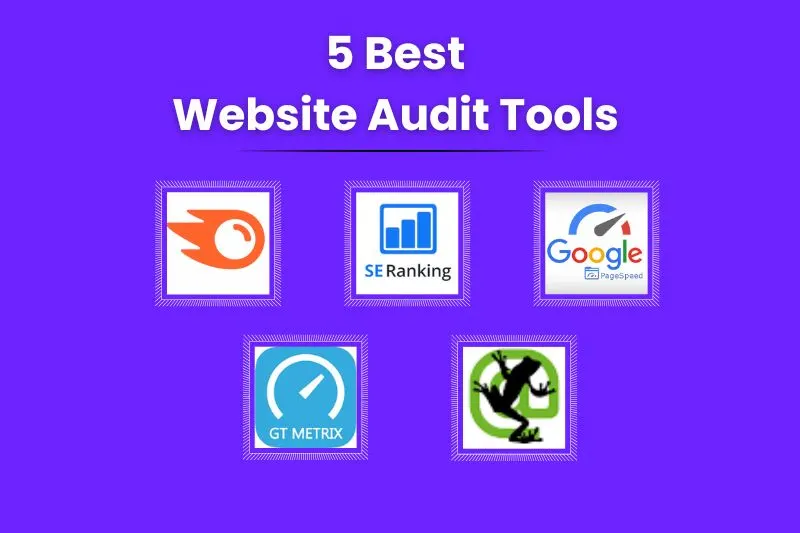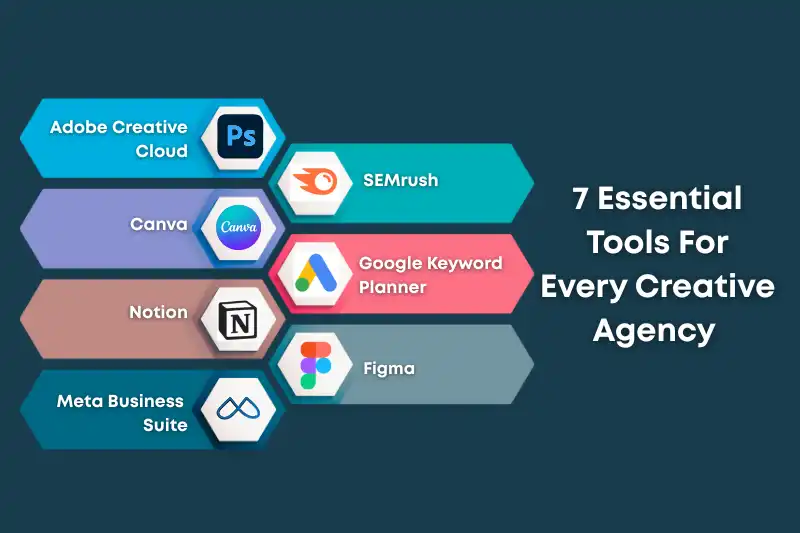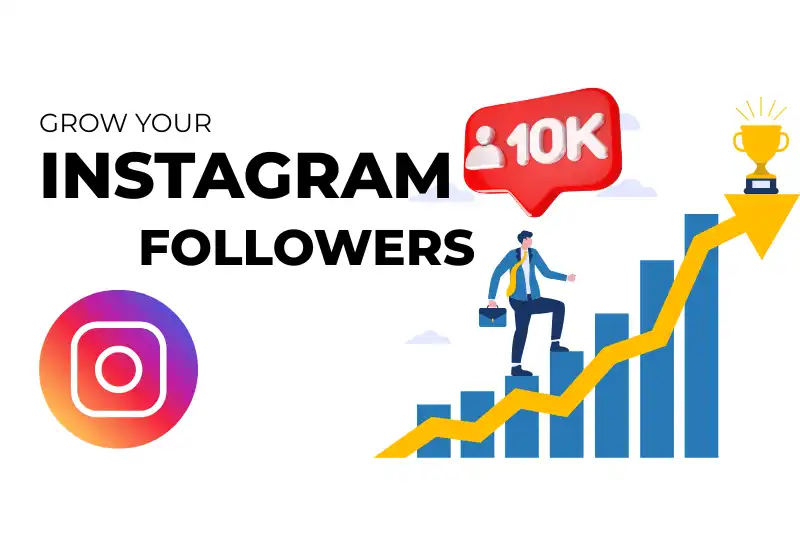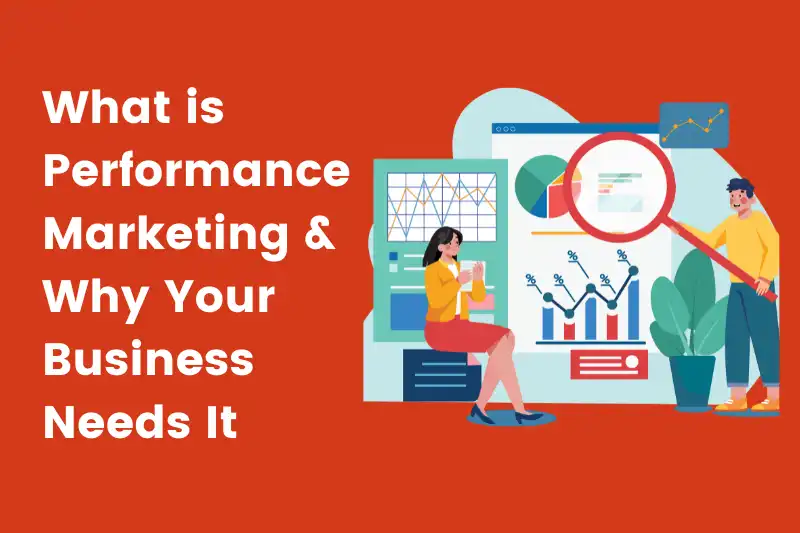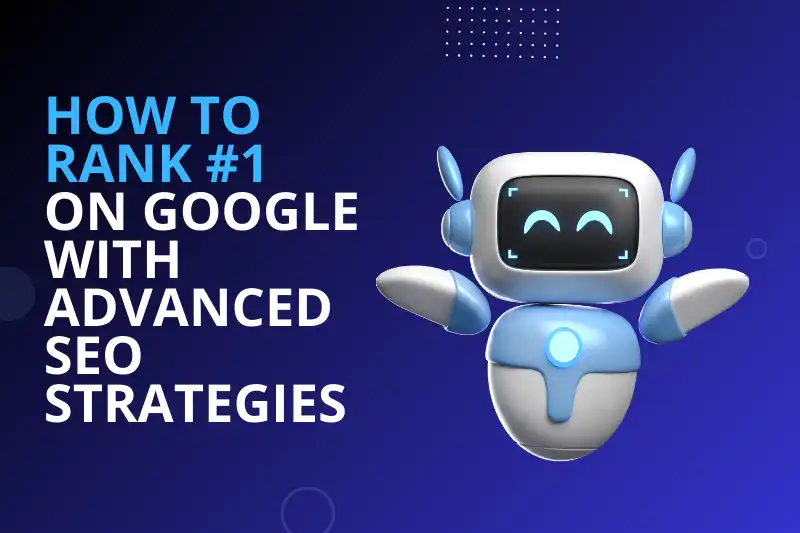1. The Basic Concept
SEO (Search Engine Optimization):
Definition: SEO is the process of improving a website to generate greater ranking results such that it appears higher on the SERP.
Goal: Skyrocket your visibility in searches to attract more qualified leads, drive sales, and boost your bottom line.
Key Techniques: Some common SEO techniques are keyword placement in page content and title, link building, on-site elements like speed and mobile compliance, and content generation.
PPC (Pay-Per-Click):
Definition: PPC is a type of internet marketing where the company pays a commission for every click on its website link. A major platform where PPC is widely used is Google Ads, but it can also be used on social networks such as Facebook and LinkedIn.
Goal: It is to improve leads and boost site traffic.
Key Techniques: Some commonly used techniques are the selection of keywords and their bidding, advertisement creation and positioning, targeting a specific group of people, and controlling the amount to be spent on advertising.
Also, Read- How to Choose a Digital Marketing Agency?
2. Cost Structure
SEO:Cost: It normally entails an initial capital expenditure in website design, content development and subsequent improvements, as well as other activities such as link acquisition and search engine fine-tuning.
Long-Term Investment: Through SEO efforts, a website owner can expect constant traffic as opposed to pay-per-visit ads that take a larger toll on the website owner’s pocket
PPC:
Cost: This involves charges for each time the ad is clicked, also referred to as the Cost-Per-Click or CPC model. The cost can vary within a given range, depending on the industry and the keywords chosen.
Immediate Spend: PPC offers immediate results compared to organic traffic, but the traffic ceases as soon as the credit is used up.
3. Speed of Results
SEO:
Timeline: SEO involves acquiring a ranking for the website and largely the proprietor is seeking to own it for a long time, if not permanently. As a result, it’s an elaborate process, as it takes several months to even note serious changes in the positions and traffic.
Sustained Results: Naturally, if high ranks are obtained with SEO, it’s not too difficult to maintain them, generating constant viewership.
PPC:
Timeline: When it comes to getting quick results, PPC can be a great success for any business. The ads can be displayed on the Search Network within as little as 24 hours at the beginning of the advertising campaign.
Instant Traffic: The beauty of an ad campaign is that as long as it's sponsored, it is easy to channel traffic to the website.
Must Read- How to Get Your Website to Rank Higher on Google?
4. Placement and Visibility
SEO:
Organic Listings: The purpose of SEO is to attain and maintain ranking positions in the organic search results of various SERPs. Although they are placed below paid ads, the users normally tend to trust them much more.
Credibility: Organic results are preferred more by the users because they think the ranking at the top is to be earned, not sponsored.
PPC:
Ad Listings: Paid Search Campaigns could be displayed at the top and bottom of SERPs, indicated with the words “Ad.” They might also be included on partner websites and social media.
Visibility: PPC ads can be placed at or just below the top positions consistently throughout most search engines. It means that the brand advertising associated with any targeted keywords on the web page will be highly visible.
5. Targeting Options
SEO:
Broad Reach: SEO is aimed at viewers that type in keywords, and is most effective at organically reaching users without choosing specific demographics.
Content Focus: It depends on the quality of the content, as in, the number of people the website targets and how well it keeps them involved.
PPC:
Precise Targeting: Pay-per-click ads enable advertising to be tailored to specific keywords, location, demographics, time and device, among other factors.
Controlled Reach: Advertisers, with the help of social networks, can address concrete audiences more often and directly increase the possibility of reaching their potential clients.
Must Read- How to Get Your Website to Rank Higher on Google?
6. Measuring Success
SEO:
Metrics: Milestones are the metrics that are achieved through parameters such as traffic from organic search, keyword positions, and bounce rate, along with the conversion rate for visitors who arrived through the organic search engine results.
Tools: Some of the most common tools that may be used to track the efficiency of SEO strategies include Google Analytics, Google Search Console, Ahrefs, SEMrush, and others.
PPC:
Metrics: Some of the PPC metrics commonly include click-through rate (CTR), cost-per-click (CPC), conversion rate, and return on ad spend (ROAS).
Tools: Google Ads and Facebook Ads Manager also have functions for analytics and reports.
Conclusion
SEO offers real and constant organic traffic, while also educating the market in the long run. On the other hand, PPC is instant and specific, thus providing suitable advertising for campaigns that require immediate attention and traffic.
Get in touch to know how with the combination of SEO and PPC, a business can successfully manage the long-term organic reach along with the short-term paid ads.



